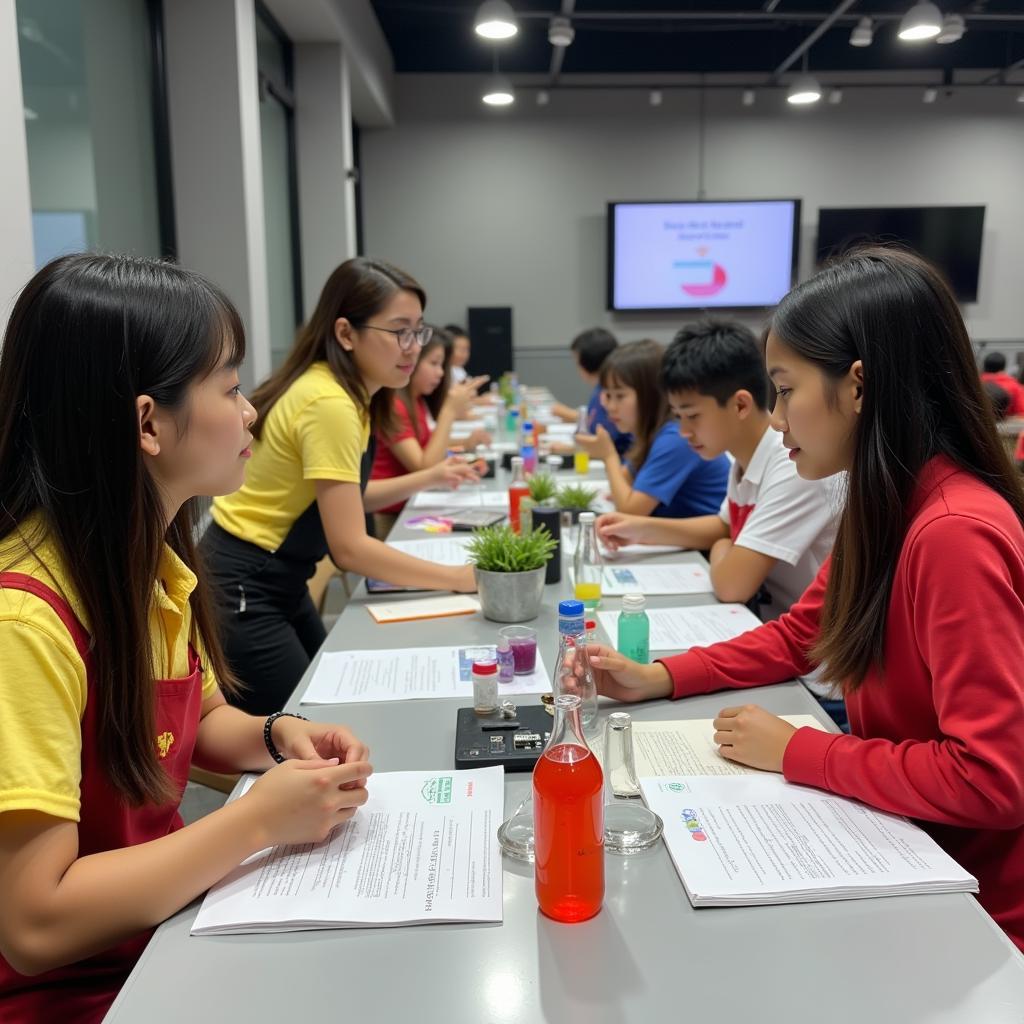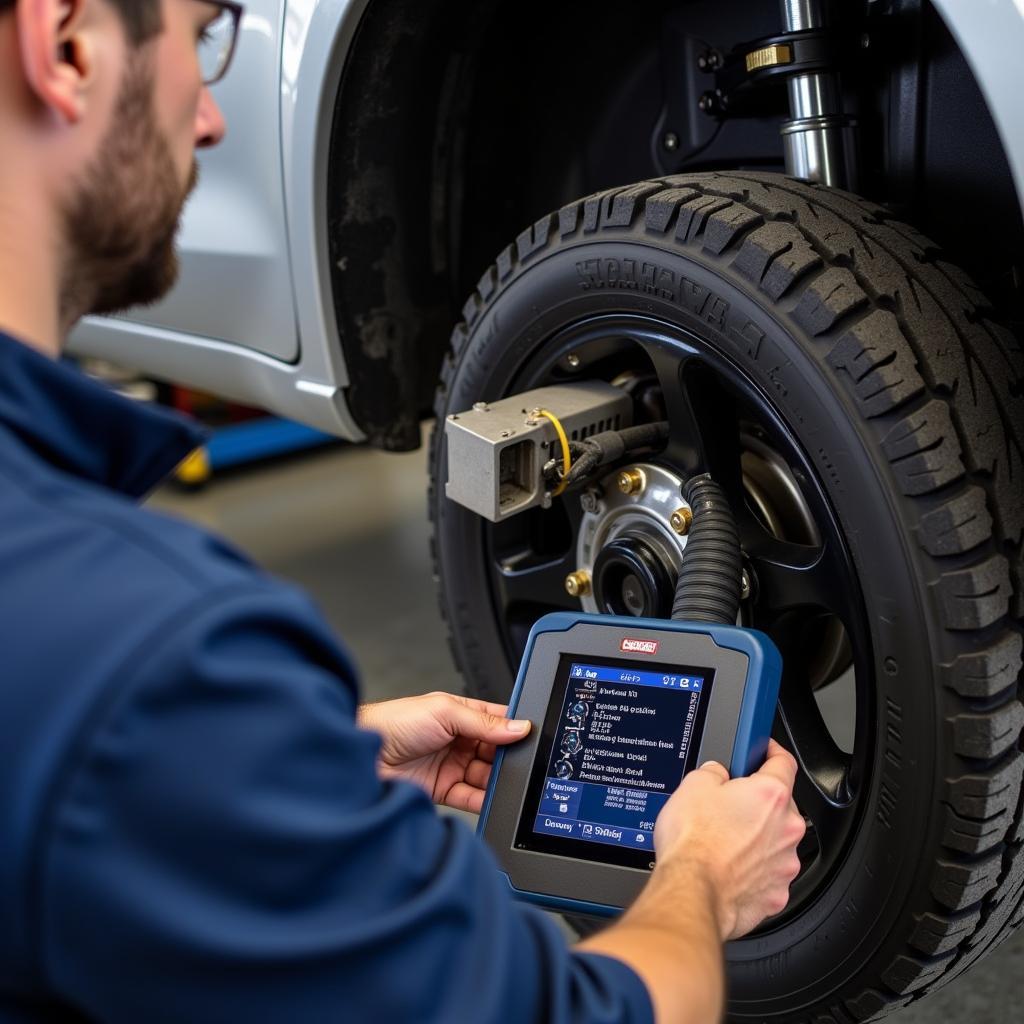Navigating the diverse landscape of secondary science education within ASEAN can be challenging. This comprehensive guide provides valuable insights and resources for students, parents, and educators seeking information about science curricula, resources, and opportunities across the ASEAN region.
Understanding the Importance of Science Education in ASEAN
Science and technology play a critical role in the socio-economic development of ASEAN nations. A robust science education system is crucial for:
- Developing a skilled workforce: Equipping future generations with scientific literacy and skills is essential for meeting the demands of the rapidly evolving job market in fields like biotechnology, engineering, and information technology.
- Promoting innovation and research: A strong foundation in science encourages critical thinking, problem-solving, and a spirit of inquiry, all of which are vital for driving innovation and research within the region.
- Addressing regional challenges: ASEAN faces shared challenges such as climate change, resource management, and public health. Science education equips individuals with the knowledge and skills to understand and address these complex issues.
 Students in a Science Lab
Students in a Science Lab
Exploring Secondary Science Curricula in ASEAN
While each ASEAN member state manages its own education system, there are common threads and regional initiatives that foster collaboration and exchange in science education.
- Emphasis on STEM: Many ASEAN countries are placing a strong emphasis on STEM (Science, Technology, Engineering, and Mathematics) education at the secondary level. This involves integrating these subjects, promoting hands-on learning, and fostering problem-solving skills.
- Alignment with International Standards: Several ASEAN nations benchmark their science curricula against international standards to ensure quality and global competitiveness.
- Regional Collaboration: Organizations like the Southeast Asian Ministers of Education Organization (SEAMEO) facilitate collaboration through teacher training programs, curriculum development initiatives, and student exchange programs.
Resources for Secondary Science Education in ASEAN
- SEAMEO Regional Centres: SEAMEO centers dedicated to science and mathematics education, such as SEAMEO RECSAM and SEAMEO QITEP in Science, provide valuable resources, training, and support to educators.
- National Science Institutions: Many ASEAN countries have established national science centers, museums, and institutions that offer educational programs, outreach initiatives, and resources for students and teachers.
- Online Platforms and Digital Resources: The increasing availability of online platforms and digital learning resources offers new avenues for accessing quality science education materials.
 ASEAN Science Competition
ASEAN Science Competition
Opportunities for Aspiring Scientists
ASEAN provides a multitude of opportunities for students passionate about science:
- Science Olympiads and Competitions: National and regional science olympiads and competitions provide a platform for students to showcase their knowledge, skills, and creativity.
- Science Camps and Workshops: Organizations across ASEAN organize science camps and workshops that offer immersive, hands-on learning experiences beyond the traditional classroom setting.
- Scholarships and Exchange Programs: Scholarships and exchange programs facilitate regional and international collaborations, providing opportunities for students to pursue higher education or research opportunities abroad.
Conclusion
Investing in quality secondary science education is crucial for the future of ASEAN. By fostering a love of science and nurturing young talents, ASEAN nations can pave the way for a brighter future driven by innovation, sustainable development, and regional collaboration. Exploring the diverse resources and opportunities available within the region is an important step towards achieving this goal.
FAQs
Q: What are the common science subjects taught at the secondary level in ASEAN?
A: While curricula vary, common subjects include biology, chemistry, physics, and integrated science.
Q: How can I find out more about science scholarships for ASEAN students?
A: You can explore opportunities offered by organizations like ASEAN, SEAMEO, and national government scholarship programs.
Q: Are there resources available for teachers seeking to enhance their science teaching skills?
A: Yes, SEAMEO regional centers and national teacher training institutions offer professional development programs.
Q: What are some career paths for students who excel in science?
A: Career paths include research, medicine, engineering, environmental science, and technology-related fields.
Do you have any other questions about ASEA? Check out these resources:
Need more information? Contact us at Phone Number: 0369020373, Email: [email protected] Or visit us at: Thon Ngoc Lien, Hiep Hoa, Bac Giang, Vietnam. We have a 24/7 customer support team.
